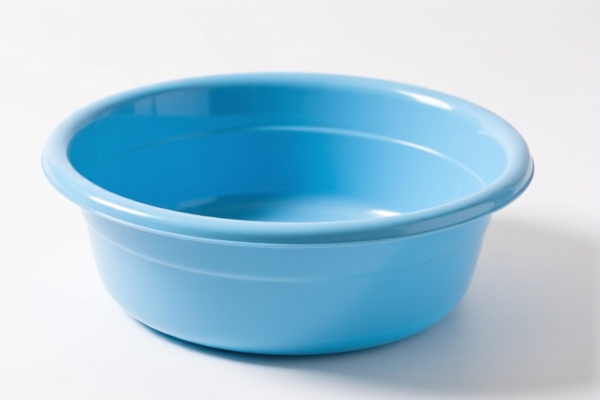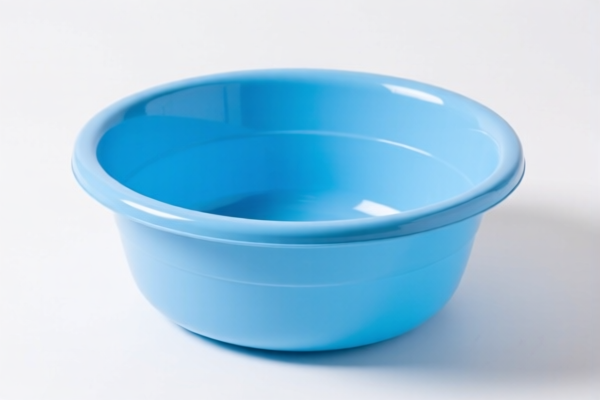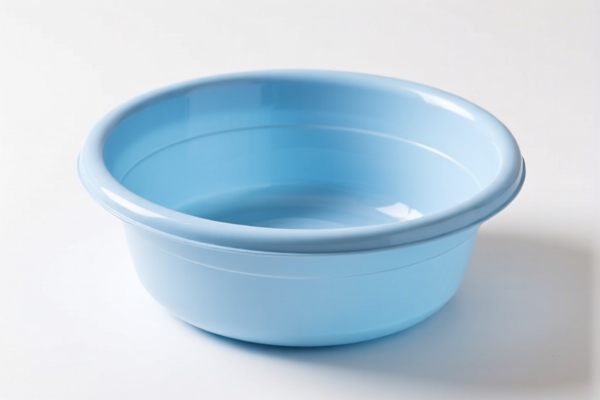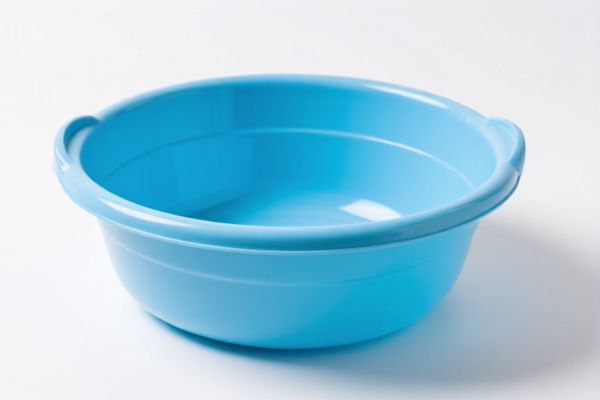| HS Code | Official Doc | Tariff Rate | Origin | Destination | Effective Date |
|---|---|---|---|---|---|
| 7418201000 | Doc | 58.0% | CN | US | 2025-05-12 |
| 7418205000 | Doc | 58.0% | CN | US | 2025-05-12 |
| 7419200010 | Doc | 55.0% | CN | US | 2025-05-12 |
| 7419805010 | Doc | 55.0% | CN | US | 2025-05-12 |
| 6910100030 | Doc | 35.8% | CN | US | 2025-05-12 |
| 6910900000 | Doc | 43.2% | CN | US | 2025-05-12 |
| 6914104000 | Doc | 55.0% | CN | US | 2025-05-12 |
| 6914108000 | Doc | 64.0% | CN | US | 2025-05-12 |




Basin Tap
A basin tap, also known as a faucet or washbasin tap, is a valve that controls the release of water from a water source to a basin or sink. It is a common fixture in bathrooms and kitchens, used for handwashing, face washing, and other hygiene purposes.
Material
Basin taps are manufactured from a variety of materials, each with its own characteristics:
- Brass: The most common material, valued for its durability, corrosion resistance, and ability to be easily molded into complex shapes. Often coated with finishes like chrome, nickel, or gold for aesthetics and increased corrosion protection.
- Stainless Steel: Offers excellent corrosion resistance and a modern aesthetic. Can be more expensive than brass taps.
- Ceramic: Used primarily for the valve components (discs) due to its hardness and resistance to wear.
- Plastic: Found in less expensive taps, typically for the body or handles. Less durable than metal options.
- Zinc Alloy: A lower-cost alternative to brass, but less durable and prone to corrosion over time.
Purpose & Function
The primary purpose of a basin tap is to deliver water at a controlled flow rate and temperature to a basin. Functionally, they achieve this through:
- Valve Control: A mechanism (valve) regulates the flow of both hot and cold water. Common valve types include:
- Compression Valve: Uses rubber washers to seal the water flow. Older technology, prone to leaks.
- Ceramic Disc Valve: Uses two ceramic discs to control water flow. Durable, reliable, and leak-resistant.
- Ball Valve: Uses a ball with ports to control water flow. Less common now due to potential for wear.
- Cartridge Valve: Uses a cartridge to control water flow. Common and reliable.
- Mixing: Most taps allow the user to mix hot and cold water to achieve a desired temperature.
- Aeration: Many taps include an aerator, which mixes air into the water stream, reducing water consumption and creating a smoother flow.
Usage Scenarios
- Residential Bathrooms: The most common application, used for handwashing, teeth brushing, and shaving.
- Residential Kitchens: Used for washing hands, rinsing dishes, and filling pots.
- Commercial Restrooms: Found in public restrooms, often designed for durability and vandal resistance.
- Healthcare Facilities: Specialized taps with features like touchless operation for hygiene.
Common Types
- Mono-hole Tap: Requires a single hole in the basin.
- Three-hole Tap: Requires three holes for hot, cold, and the spout.
- Pillar Tap: Separate hot and cold taps mounted individually.
- Wall-mounted Tap: Mounted directly to the wall, requiring concealed plumbing.
- Mixer Tap: Combines hot and cold water controls into a single unit.
- Touchless Tap (Automatic Tap): Operated by sensors, promoting hygiene and water conservation.
- Thermostatic Tap: Maintains a constant water temperature, preventing scalding.
- Waterfall Tap: Designed to create a visually appealing waterfall effect.
Basin taps are typically components used in plumbing systems for controlling water flow in sinks and washbasins. They are generally constructed from copper alloys, such as brass, and are integral parts of household plumbing fixtures.
The following HS codes may be relevant, based on the provided information:
- 7418201000: This code covers table, kitchen or other household articles and parts thereof, of copper; pot scourers and scouring or polishing pads, gloves and the like, of copper; sanitary ware and parts thereof, of copper: Sanitary ware and parts thereof: Of copper-zinc base alloys (brass). This could apply if the basin tap is made of brass and is considered a part of sanitary ware. The total tax rate is 58.0%, comprising a 3.0% basic tariff and a 25.0% additional tariff, increasing to 30.0% after April 2, 2025.
- 7419200010: This code covers other articles of copper: Cast, molded, stamped or forged, but not further worked Brass plumbing goods, not elsewhere specified or included. If the basin tap is a brass plumbing good manufactured through casting, molding, stamping, or forging and isn’t further processed, this code may be applicable. The total tax rate is 55.0%, consisting of a 0.0% basic tariff and a 25.0% additional tariff, rising to 30.0% after April 2, 2025.
- 7419805010: This code covers other articles of copper: Other: Other: Other Brass plumbing goods not elsewhere specified or included. If the basin tap is a brass plumbing good that doesn’t fall under the specifically defined manufacturing processes of 7419200010, this code could be relevant. The total tax rate is 55.0%, with a 0.0% basic tariff and a 25.0% additional tariff, increasing to 30.0% after April 2, 2025.
Important Note: When declaring under HS codes 7419200010 or 7419805010, it is important to confirm the material composition (specifically, whether it is primarily brass) and the extent of further processing after the initial manufacturing stage (casting, molding, stamping, or forging).
Customer Reviews
No reviews yet.